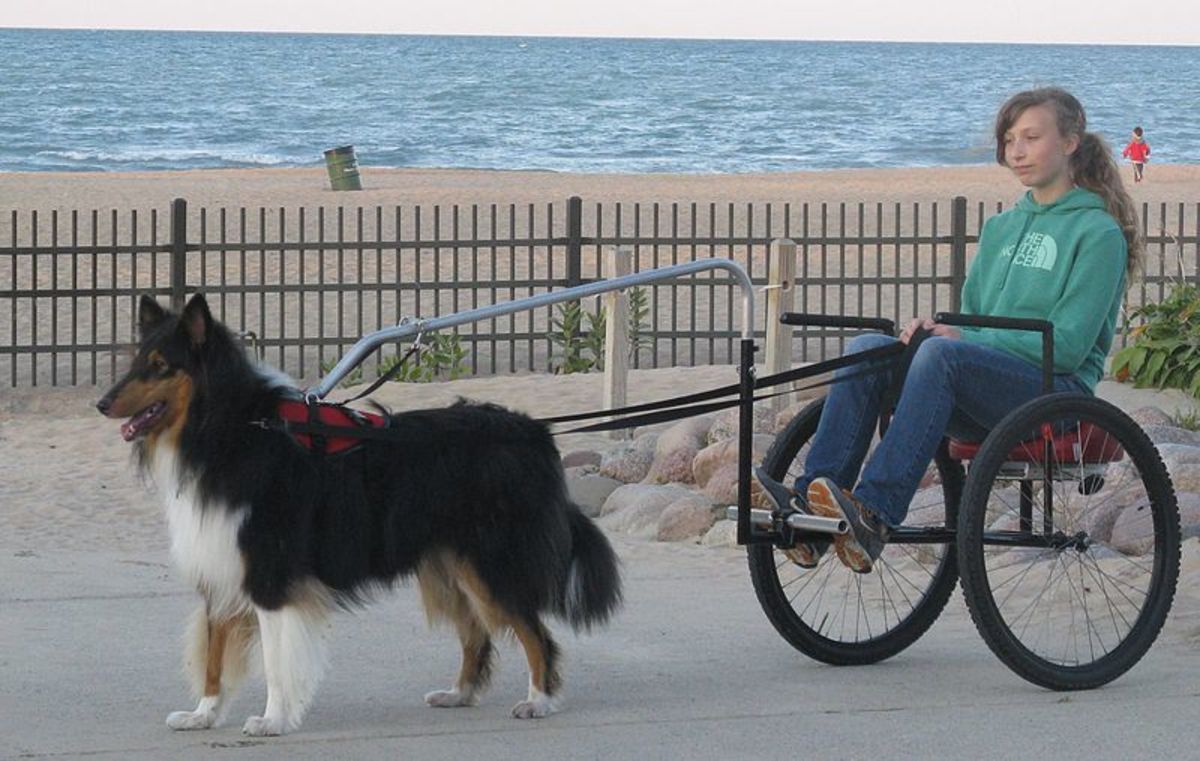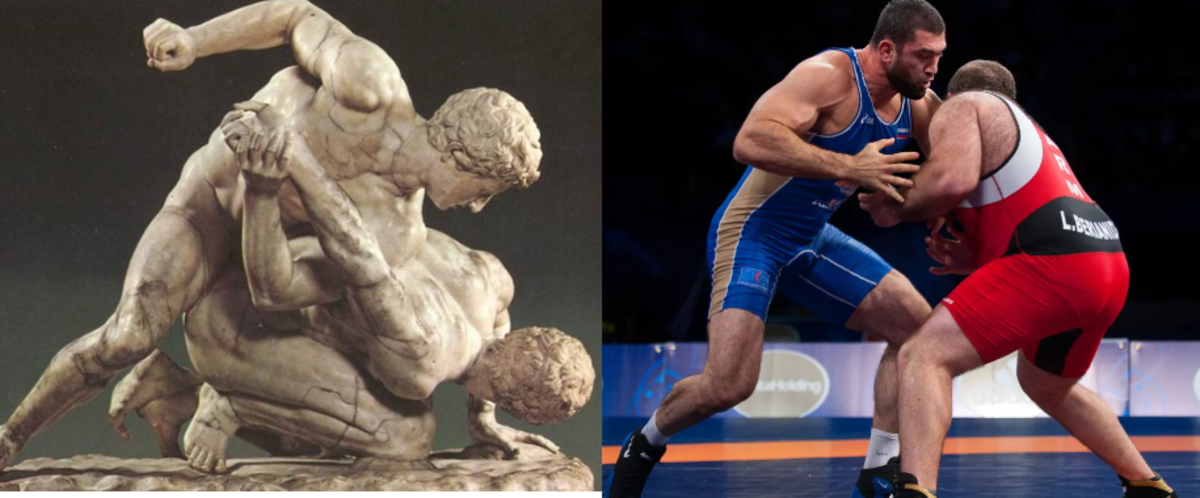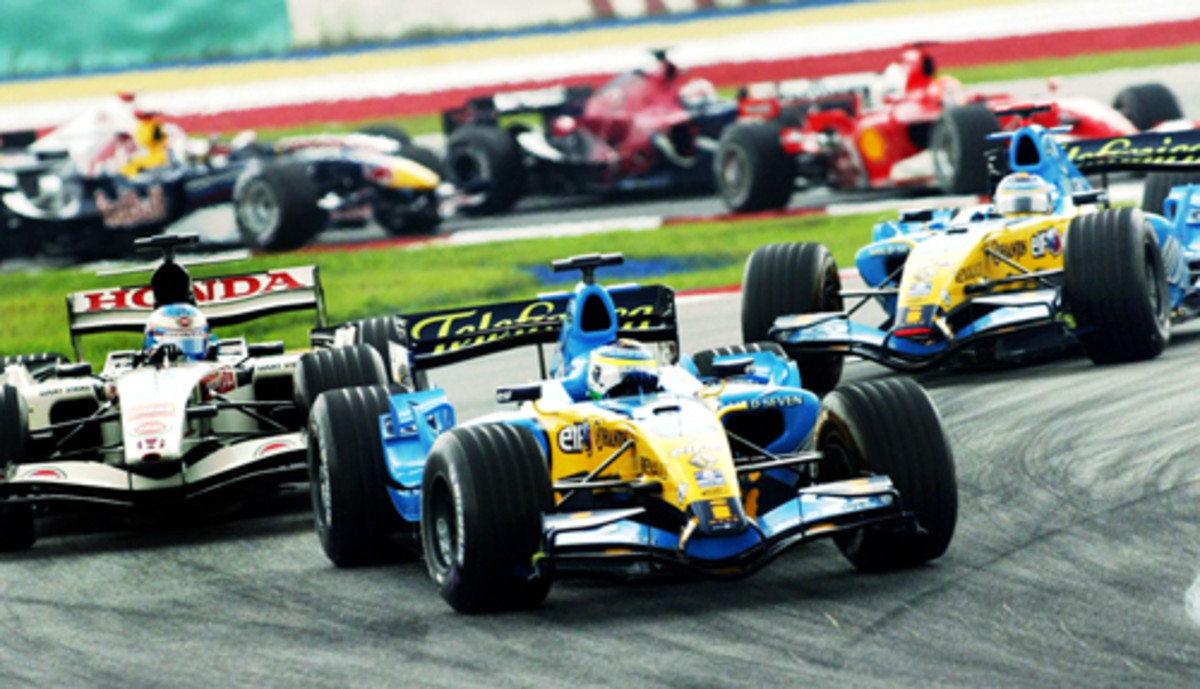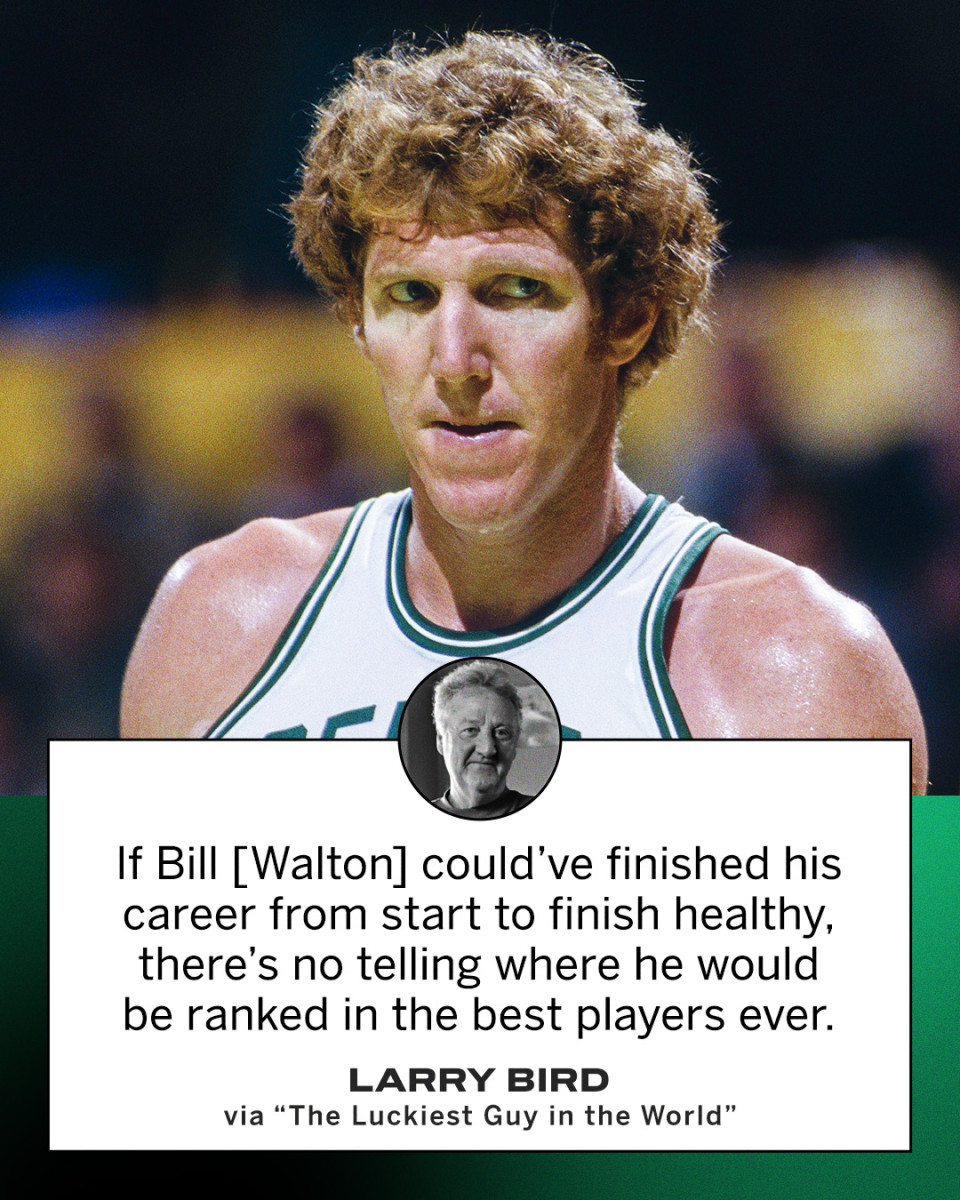Sport in History 4 : Urbanisation
URBANIZATION
The process of urbanization was both the crucial factor in shaping the rise of organized sport and a major influence in shaping the growth of recreational sports. Early walking cities in America enjoyed secular cosmopolitan populations which viewed sport in a positive light as a way to encourage sociability. With this the possibilities for social segregation through sport were also realized. In England at the advent of organized sport, gambling was considered one of the prime catalysts toward standardization and codification of rules. Capitalistic ventures in wagering on contests required transparency and regulation. Entrepreneurship continued in America. Tavern owners were the first to run sporting contests in or near their establishments to attract sales from the spectators. Boxing, cockfighting and generally unsavoury contests drew boisterous crowds to witness sporting events inside, usually accompanied by gambling and drinking. Increasing urbanization and the resultant anomie in big cities encouraged the formation of sport subcultures that in turn enhanced the need for sporting competition. The focus became the event and sporting facilities to attract paying spectators were increasingly demanded, usually in the form of enclosed semi public spaces. These facilities were generally highly politicized, involving local politicians in deals with illegal organizations or vote swinging interventions. Urban pathology was deemed problematic to the moral well being of many American cities, along with the increased level of bachelor culture amusement sports.
Voluntary sports associations and ethnic clubs recognized the social value of physical culture. By attaining territory through fields and sports facilities these social groups ensured their particularity and maintained segregated from threats to social cohesion. Congestion soon reached a point of saturation and the municipal parks movement began the process of allocating green space for the cities' poor. More than anything these spaces only served to territorialise the areas they were placed into.
Innovations in technology such as improved transport facilities changed the spatial relationship of the cities and hence the sporting environment.
Concentrated city populations had provided the necessary audiences for many commercial spectator sport facilities, but the availability of actual recreational areas became increasingly thin as rising city land values changed land uses. The city might once have been used for street games or swimming in the docks but crowding and safety provisions soon made these activities untenable. The radial city split sporting activity into two spatial configurations. Large parks and facilities were placed along transport routes which benefited those classes who could afford the journey or who lived in the open spaces. Inner city working classes and slum dwellers had to modify their activities to suit the surroundings. Usually this involved sports played in small indoor facilities such as billiards or bowling.
Boxing and basketball became urban sports available to space poor city dwellers. The transport routes on the other hand allowed the elite and middle classes to develop their more prestigious athletics clubs or use their mobility on bicycles or cars to access large outdoor fields for tennis and other outdoor sports that required open space. Social prestige and contact making had become the realm of sports clubs as the increased distances between people of the same class meant less contact in the everyday.
In parallel to this ethnic groups sought to maintain their identification with the old country by creating sporting clubs that maintained traditions such as the Turners of Germany.
Spectator sports increased in popularity as improved transport systems allowed paying spectators to access facilities. Intercity leagues were made possible. Facilities that required large spaces such as racetracks and baseball or football stadiums were built on the periphery, restricting the audience to those with fare. Most locations were politically influenced for best effect or developed by the transport companies themselves. Stadiums might begin as smaller wooden structures and gradually be improved as the market was assessed.
Technology has influenced the development of sport and its facilities to such an extent that now all weather, enclosed stadiums, air travel and so on has created sporting environments of total coverage. Professionalisation of sport through powerful media coverage results in major dealing and scheming by cities to attract franchised teams to boost city image and appeal. Placement of highways or political deals are all part of this process which increasingly places large stadiums for national sporting events within the transport mileu of the suburbs at transport interchanges and hubs.






